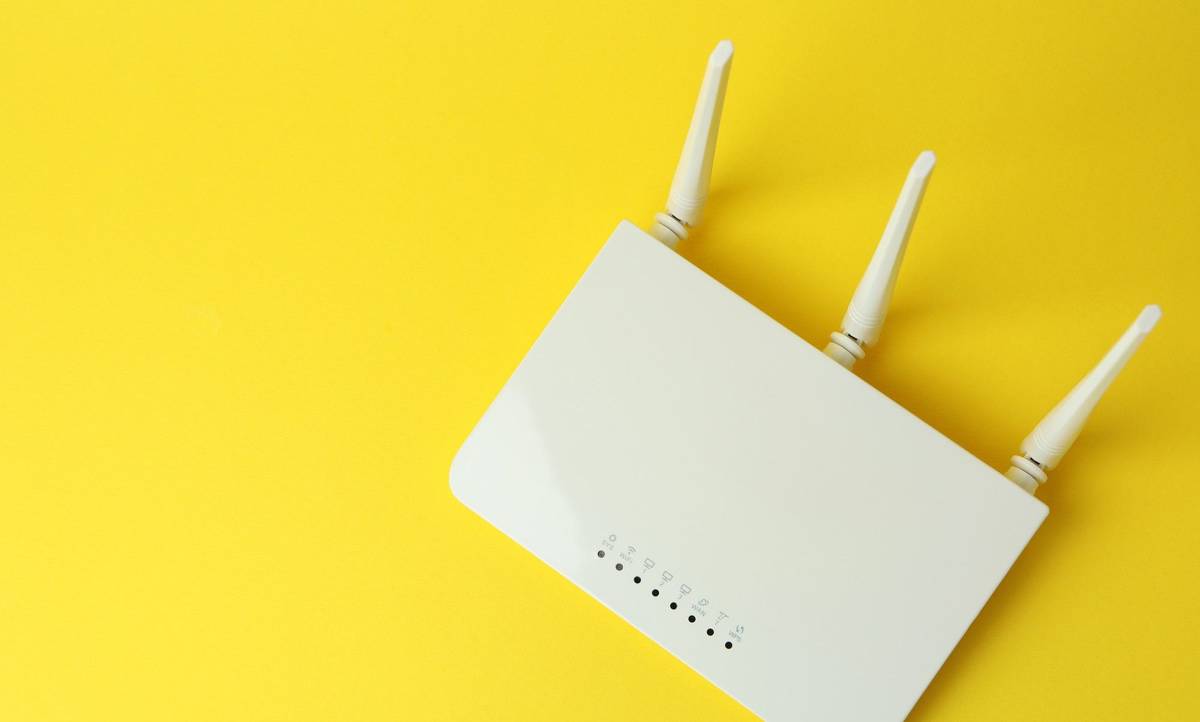When you sign up for a broadband deal, you’ll get a free router from your new provider. While the majority of these do a pretty decent job, they tend to be on the more basic side and you might find you get a better performance by using your own equipment. So, should you branch away and try a third-party router instead? Read our expert guide to find out the advantages, disadvantages and the important bits in between.
Will my provider let me use my own router for home broadband
Most providers will let you use a third-party router, but some make this more complicated than others.
For example, NOW Broadband make it difficult to use your own router. Without going into too much technical detail, very few third-party routers support its network. It even explicitly condemns using different hardware than what it supplies in its terms and conditions. NOW Broadband will not give out any usernames or passwords associated with its router, but there are ways around it. Search on its community pages and there’s plenty of helpful advice on how to get around any barrier.
Virgin Media is another trickier one. It has its own separate network – different to all the other BT openreach connections – and no third party equipment can be directly connected to this. To use your own router, you’ll need to put your Virgin Media hub into ‘modem only' mode and then connect your new router to the Virgin Media hub with a network cable.
On the other hand, TalkTalk is more helpful towards customers wanting to use their own router. Its website clearly lists all the settings and passwords you’ll need to get connected with.
The best advice we can give for anyone looking for more detailed help is to search on provider forums as there’s endless topics and threads on this subject.
So, already you can see the main disadvantage of using your own router is that it is does require a bit of extra effort and there are more technical requirements than simply plugging in a switch. However, the rewards can be well worth it.
The benefits of using your own router
If you can get over the technical set-up, there are plenty of reasons why using your own router makes a lot of sense.
It can improve speed and range
The free routers provided are usually the most basic pieces of hardware and might not be giving you access to the top speeds available. Investing in a better quality router could help maximise these and it will also allow you to have more devices at the same time, perfect for a house with lots of users. A new Wi-Fi router can also get you increased range and help fight previous ‘dead spots’.
Remember though – a new router can’t increase your internet connection speed beyond your plan. So, if you have a 64Mbps deal, that’s as fast as you’ll be able to go. But it can make your Wi-Fi network run faster and take full advantage of the speed you pay for.
Gives you more control over your network
Routers from your internet service providers (ISPs) are easy to set up, but configured in a set way and not to be messed with. This might not be a problem for most users, but if you are into your tech, you might not want to be limited in how your network is set up.
Using your own router gives you more control to adjust the settings to exactly how you want to use it. For example you can create guest networks separate from your primary network, choose how your router prioritises or deprioritises certain tasks e.g. give priority for your video work calls over someone watching Netflix, and set up parental controls.
And you won’t ever have to rely on your internet service provider for fixes or upgrades, you can just do this whenever you want or need to.
Improves your network security
Your router is the first line of defence against hackers and viruses, both of which can steal your private information. So security is paramount. As mentioned before, ISP-supplied routers are locked down and you can’t do much with their settings. You might not be able to change the admin username ('admin' often used as the default which every hacker knows), the firewall settings may be limited and security updates can be slow to arrive.
Your provider will probably have remote access to your router too. Even though this should only ever be used by them to help reset a password or offer support help remotely, this is still an open door for potential misuse.
Using your own router gives you the control to lock down your internet with more secure logins and advanced firewall protection and security updates.
Features to look for in a router
It’s easy to find a great third-party router to replace your provider’s model. Costs really vary and they’ll set you back anywhere from £75 to over £600. TP-Link, Netgear and Amazon all have a good range of models. But how do you choose and what features should you be looking out for?
Dual-band or tri-band routers
Avoid single-band routers. These operate on just one wireless frequency (the 2.4GHz band) and will struggle with any high-bandwidth tasks such as streaming videos.
Dual-band routers suffer less interference and offer faster speeds. They transmit data over the 2.4GHz band and the 5GHz band. The 5GHz gives faster connections, but has a shorter range. Using both frequencies means you can link to both and neither gets overloaded.
Tri-band routers allow even more speed and space by adding another frequency – 5GHz or 6GHz. Again, this allows tech-heavy households on multiple devices to use more than one band for their internet traffic.
Wi-Fi 5 (802.11ac) or Wi-Fi 6 (802.11ax)
Make sure your new router supports at least Wi-Fi 5. If it supports anything less than this, the top speed of your broadband connection will be effected.
It can be worth spending a bit more and investing in a Wi-Fi 6 router. While not all devices are compliant with Wi-Fi 6 yet, any future digital purchases are sure to be. Anyone with gigabit plans should be looking to upgrade to Wi-Fi 6 router standards to get the fastest speeds possible.
Gigabit ethernet
Anyone with a Gigabit broadband package should look for this. This option is especially good for avid gamers as it allows you to get the best from gigabit speeds by plugging in directly from your device to the router with an ethernet cable.
USB ports
Not essential for all, but this gives access to connected devices like USB printers over the network and allows you to share media files without having to leave a network-connected PC switched on.




